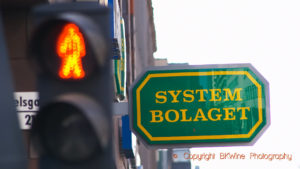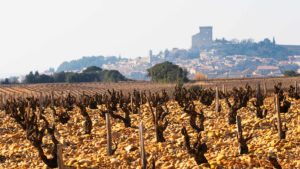
Cortes de Cima Founder & Owner Hans Kristian Jorgensen | BKWine TV
Interview with the founder, owner and winemaker of the winery Cortes de Cima: Hans Kristian Jorgensen, in the vineyards of the estate. Cortes de Cima is one of the leading wine estates in the Alentejo,
































